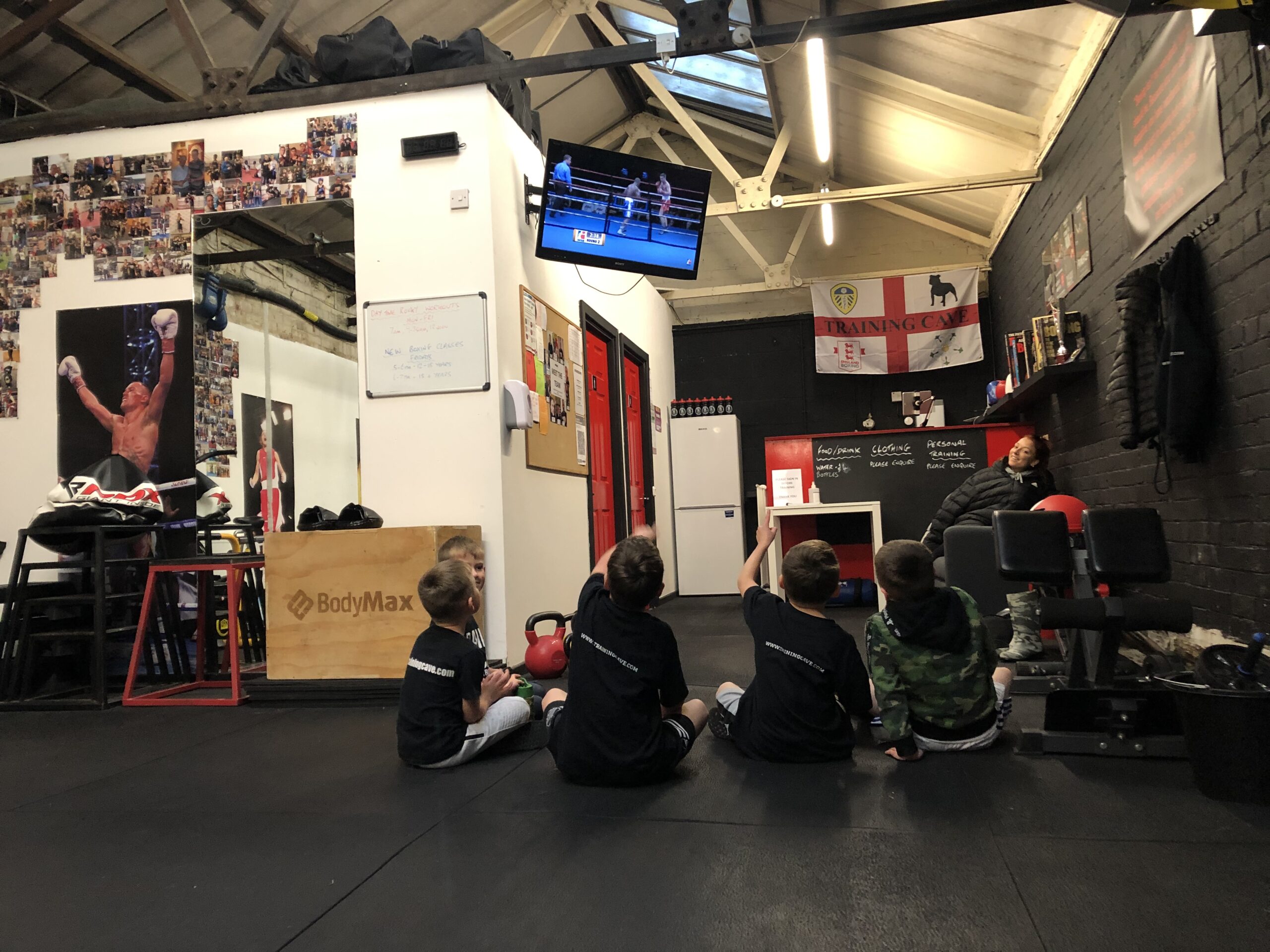
Some athletes ‘get’ instructions immediately. Whilst for others it takes time to click. This is why at the Training Cave we believe in having multiple coaching methods.
Everyone is different which is why it is so important to create different opportunities for people to learn.
Conversations have been had with our trainers over the years about their own experiences of coaches.
‘I spent a lot of the time in the gym hitting the bag on my own’
‘I learnt through sparring’
‘We did a lot of running’
‘Getting on the pads was a rarity, especially in the beginning’
All our coaches did pretty well. Reaching a good standard in the amateurs and some turned professional.
We do wonder though, what might have been? If we were coached with an open mind and not a ‘one size fits all’ approach.
The coaches in our gym are always trying to evolve. Our boxing team is making continuous improvements. We cringe at what we thought was ‘class’, a year ago.
Multiple coaching methods.
Creating opportunities to embed knowledge into skill takes time. Boxers have to spend years in the gym to hone their craft. This can lead to boredom if things aren’t mixed up. The problem is that in boxing there are only so many punches, footwork and defences to learn.
This is why at the Training Cave we have put together various types of drills that teach boxing. We’ve come up with different scenarios for sparring. Our boxers do a lot of partner work, drilling moves over and over again.
All our coaches have an input. Each one has brought something to the table and added to our system. We cycle the session leader. This allows us to cover a range of coaching and teaching methods throughout a training week.
Some coaches favour a more direct approach to teaching. Others like to include open discussions where participants have more input. Video analysis and real time feedback is also on the agenda. One of Training Caves core values is leadership and we often let a member of the class lead a warmup or suggest a drill.
What’s important to know is that all coaches develop their own ways of working with athletes. Coaches are unique in their way of teaching, the same way that all athletes are unique in their way of learning. This is why it’s important to keep a balance and ensure we cycle our coaching methods.
Direct instruction
Direct instruction is a popular method used in the sport of boxing. A lot of the time this is what a fighter needs. Direct, clear instructions. In the Training Cave we use ‘commands’, which are certain words or phrases that our coaches use with fighters. These commands are used in training and are understood by the boxers. This is essential for fight night. When a commands given, the boxer knows exactly what is expected of them.
Inquiry based learning
At the Training Cave we encourage an open discussion. Both our boxers and coaches use questioning to seek real world solutions. We have explained this approach to learning in another blog. Click here.
Team member mentoring
As mentioned earlier, all our coaches have an input and we cycle session leaders. Within of our team we have a vast range of experience including ex professional and amateur boxers. A coach for the Great Britain boxing team. Another brings experience from a mixed martial arts background. We are all open to learning and we mentor each other in different ways. This is useful when creating a range of training experiences for the boxing team.
Athlete as coach
Youth leadership is important to our organisation. Training Cave understands that it’s important to have role models. Our competitive boxers turn up early to help teach the beginners. This is a great opportunity for a boxer to learn in a different way. From the outside looking in and to see it all from a coach’s point of view.
Real time and immediate video
Immediate video is something that wasn’t available when our coaches were competing. It’s a great tool to have. If an athlete isn’t doing a drill correctly, you can video them. You can then show the boxer so they can see what they are doing wrong and correct themelves.
Method
As coaches we are on a journey that will help us see what methods works for us and we will continue to evolve as the team grows and changes. What methods and systems we use depends on why, what, how and when? We need to understand why we coach a certain way, when we use a method, how we use it and what we use it for.
When you look at great teams and organisations, they all have their own way of doing things. What’s important to us at the Training Cave is that no one gets left behind. If a participant doesn’t quite ‘get it’ then a different method of teaching needs to be used.
‘coaching is about caring, connecting and communicating’
